When planning your backcountry adventure, it’s important to check to see what amenities are available regarding storing your food.
This can greatly influence what food storage device you will need to bring.
Typically, there are 6 food storage options for camping to choose from:
Something to keep in mind depending on the location you are camping, and the park polices, is that some food storage containers are required to be hung.
If you’re looking for more in-depth information about food storage, feel free to check out my article Proper Food Storage While Camping.
1. Metal Lockers
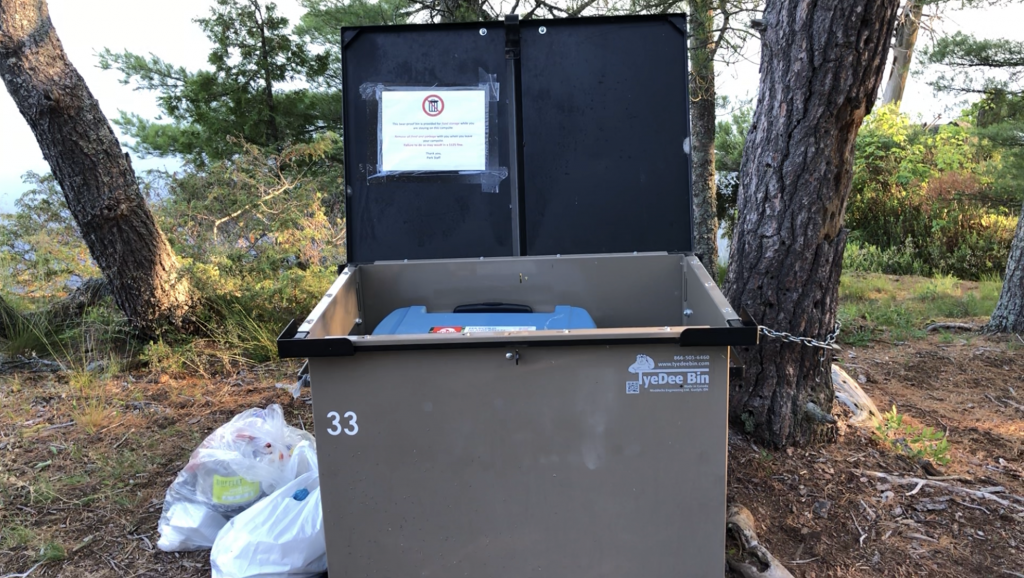
These days, some campgrounds and backcountry sites are equipped with metal lockers as the obligatory food storage option campers must use..
These lockers are designed with bears in mind but also keep out small animals like mice. Their all metal design and locking mechanism makes it impossible for a bear to get inside.
Although metals lockers make storing food easy, some lockers are very compact and might not be large enough for a traditional cooler. If that’s the case, then you will need to hang your food storage container.
2. Traditional Coolers
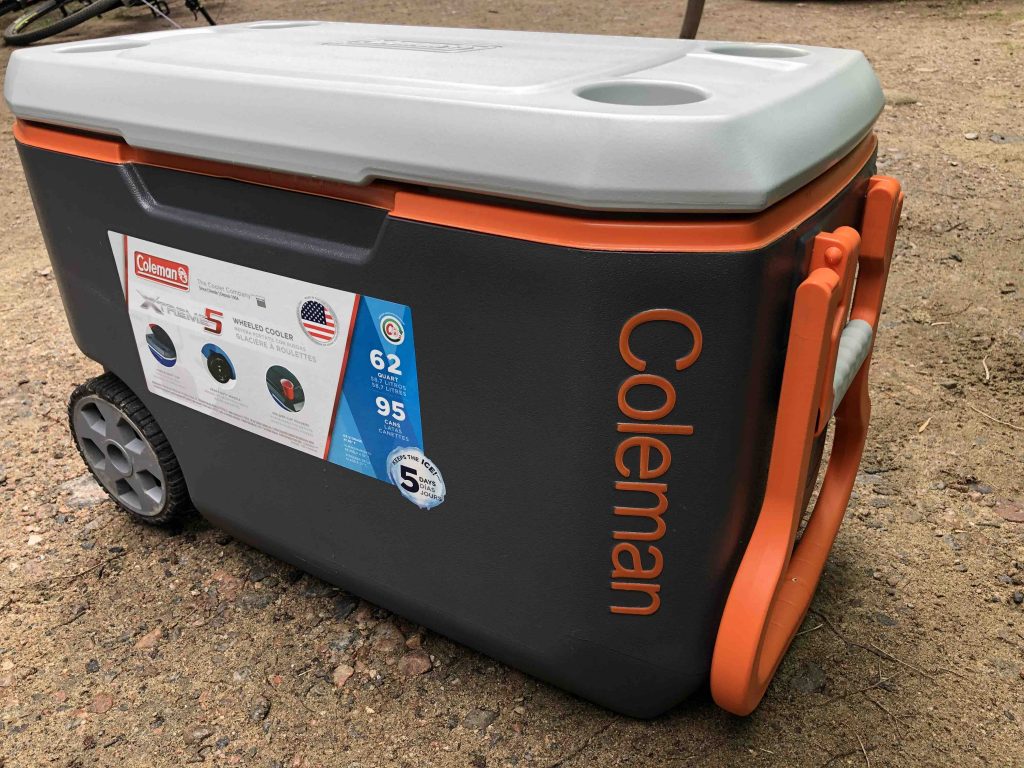
To keep food (and drinks) cool and stored “securely”, some campers opt to bring a traditional hard-sided cooler into the backcountry.
Coolers can be easily loaded into a canoe and paddled in, or strapped onto the back of an ATV and driven into your campsite.
Coolers are spacious and somewhat lightweight, but do a mediocre job at keeping scents sealed in.
If left unattended over night, animals will definitely swarm all over it and may be able to get into the contents if the lid isn’t latched shut.
Some coolers are definitely better to bring into the backcountry than others.
A cost effective option I often recommend is a standard, medium sized cooler from Coleman.
I’ve brought a similar model on a few backcountry camping trips and hung it in a tree overnight with no issues.
A more durable (but not bear proof!) option I recommend is a medium sized cooler from Yeti. I love the build quality and insulating rating Yeti products achieve.
Campers swear by it and it’s super functional, especially in the backcountry. Plus, the lid latches down for extra security.
With the right setup and technique, any cooler can be hung from a tree to keep animals at bay.
3. Food Bags
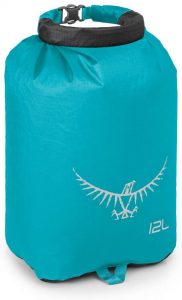
If you’re planning a hike-through or ultralight trip, a food bag is a great option for food storage while camping.
Although not completely air-tight, food bags operate similar to dry bags. You simply place any scented items in the bag, synch up the opening or clip it shut.
Food bags are great because they are collapsible, shrink to the size of your contents and are very light weight. They can be hung in a tree relatively easily.
However, since they are made from softer synthetic materials, they are susceptible to the sharp teeth of rodents.
But, hanging a food bag is incredibly easy and will definitely make it harder for animals to find and get into your food.
- I’ve used dry bags for food storage while backcountry camping.
- They’re light-weight and collapsable and perfect for a short trip with limited supplies.
4. Bear Bags
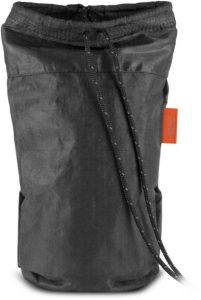
A more resilient food storage option for hike-through or ultralight camping trips is a bear bag.
And, if you’re camping in an area with stunted trees and bears are present, a bear bag is definitely recommended.
Bear bags are made from bite-resistant fabric and designed to be tied to or hung against a sturdy tree. And, after a long struggle, a tired bear will lose interest and leave the bear bag.
Bear bags aren’t scent proof by themselves, so it’s recommended that an odor-barrier bag is used as a liner.
- The Ursak Almitey bear bag is made from high-strength Spectra and Kevlar, the exact same materials used in bulletproof vests.
- The high-tech fabric can withstand a direct bear attack and will keep claws and teeth out!
- To help eliminate scents, I store food and scented items in reusable, odor-proof bags.
5. Food Barrels

Slightly more durable than a cooler, although not insulating, food barrels are often used for portage or expedition camping trips.
They are made from hard and durable plastic, with a clasp-type lid for sealing in scents.
For canoe trips, I take my 30L food barrel and fill it with non-perishable food, cookware and any trash items.
I like to hang my food barrel because it isn’t build to withstand a bear attack but it can easily handle small rodents.
6. Bear Canisters
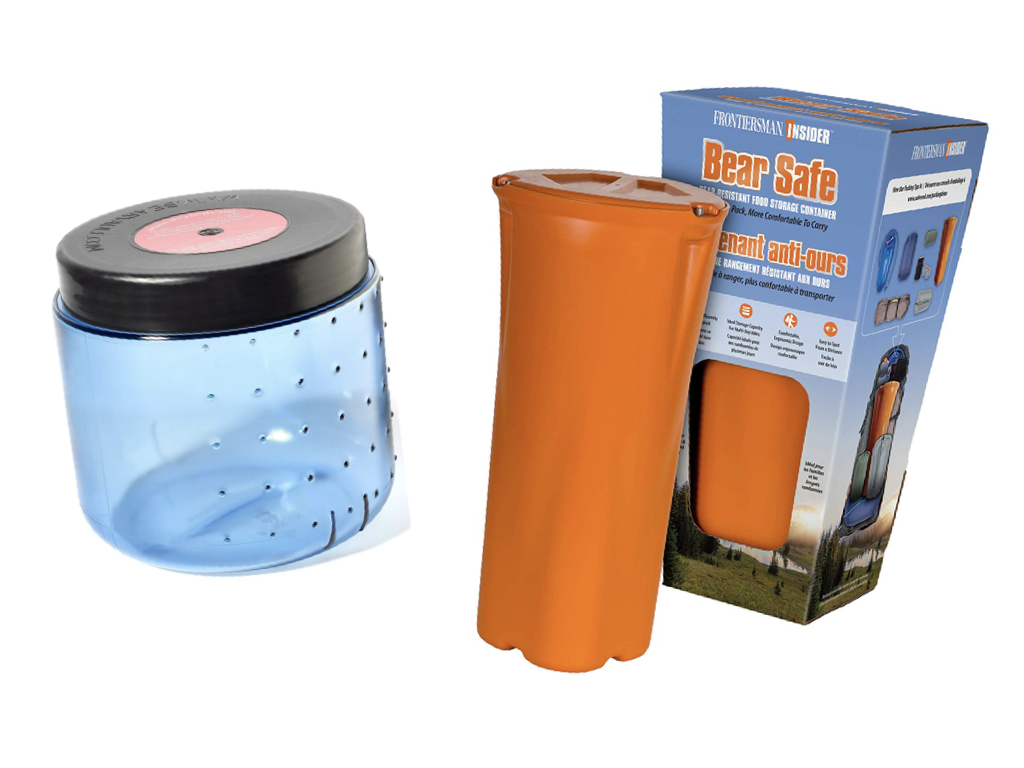
Another alternative food storage option for camping in bear country is a hard sided bear canister.
In certain regions of the world with sparse or stunted trees (e.g., high alpine, high latitude or arid regions), bear canisters might be your only option for storing food safely.
Bear canisters, like the BearVault Container or the Frontiersman Canister, are basically compact, portable food lockers that you carry with you. Canisters are made from extremely durable and high strength materials such as polycarbonate and polypropylene.
“Bear-proof” canisters weigh around 3 lbs pounds so you’ll need to factor this into your pack-weight.
They can fit neatly into a backpack but the downside is that they always take up the same amount of space no matter if they are filled or empty.
On the plus side, you don’t need to hang a bear canister. It can be placed on the ground, saving you time and effort in the backcountry.
This article contains affiliate links, which help support this blog at no cost to you!
